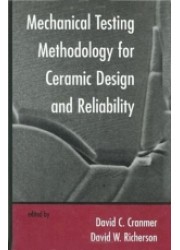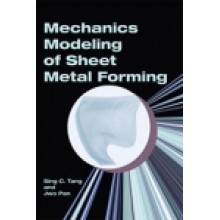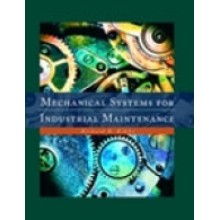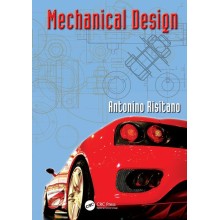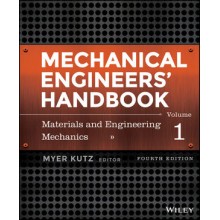Mechanical Testing Methodology for Ceramic Design and Reliability
ISBN: 9780824795672
Author: Cranmer, David C.; Cranmer
Dispatch Time: 2 - 3 Days
Quantity:
-
Add to Compare
This timely resource offers complete, single-source coverage of ceramic mechanical property measurement techniques for use in component design as well as lifetime and reliability predictions-describing the theoretical aspects of chemistry and microstructure that affect mechanical properties.
Presenting procedures for both room-and elevated-temperature applications, Mechanical Testing Methodology for Ceramic Design and Reliability discusses tests for strength, creep and creep rupture, fracture toughness, and fatigue....the effects of environment on fracture and creep procsses.....mechanisms of failure....statistical experimental design and analysis....standardisation and the limitations of specific testing methods....and more
With over 1200 bibliographic citations, equations, drawings, and tables, Mechanical Testing Methodology for Ceramic, materials, mechanical, design, manufacturing, quality, and reliability engineers; ceramists; ceramic and materials scientists
Preface
Contributors
Chapter 1 : The Reasons Behind Mechanical Test Procedures for Ceramics or Why We Measure What We Measure
Chapter 2 : Environmental Effects on Crack Growth in Ceramics
Chapter 3 : Crack-Resistance Behavior in Ceramics
Chapter 4 : Fracture Strength
Chapter 5 : Creep Testing of Advanced Ceramics
Chapter 6 : Fatigue and Slow Crack Growth
Chapter 7 : Testing for Tubular Components
Chapter 8 : Standardization of Mechanical Properties Tests for Advanced Ceramics
Chapter 9 : Testing for Design, Material, and Fabrication Optimization
Index
Write a review
Your Name:Your Review: Note: HTML is not translated!
Rating: Bad Good
Enter the code in the box below:
Copyright © 2014 Engineering Standards Bureau. All Rights Reserved.
Developed By Zoom Into Web


